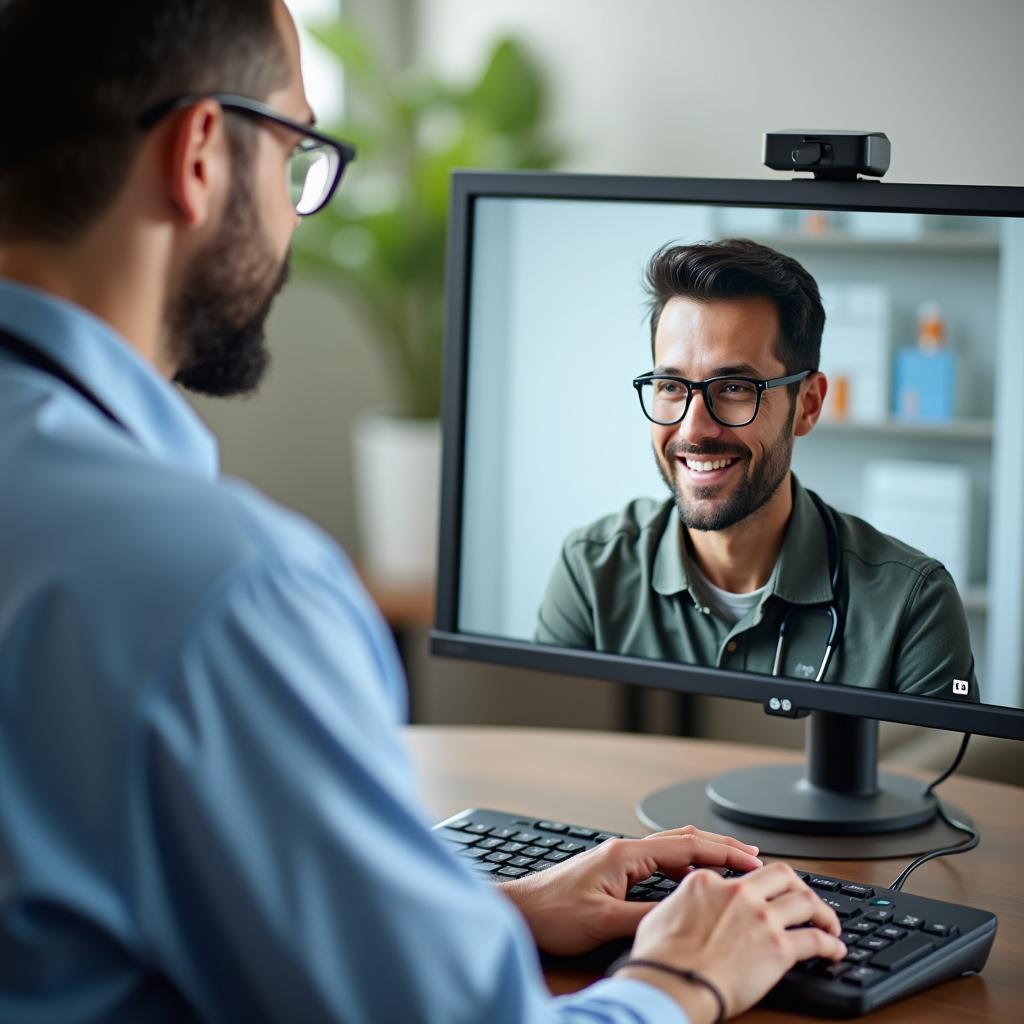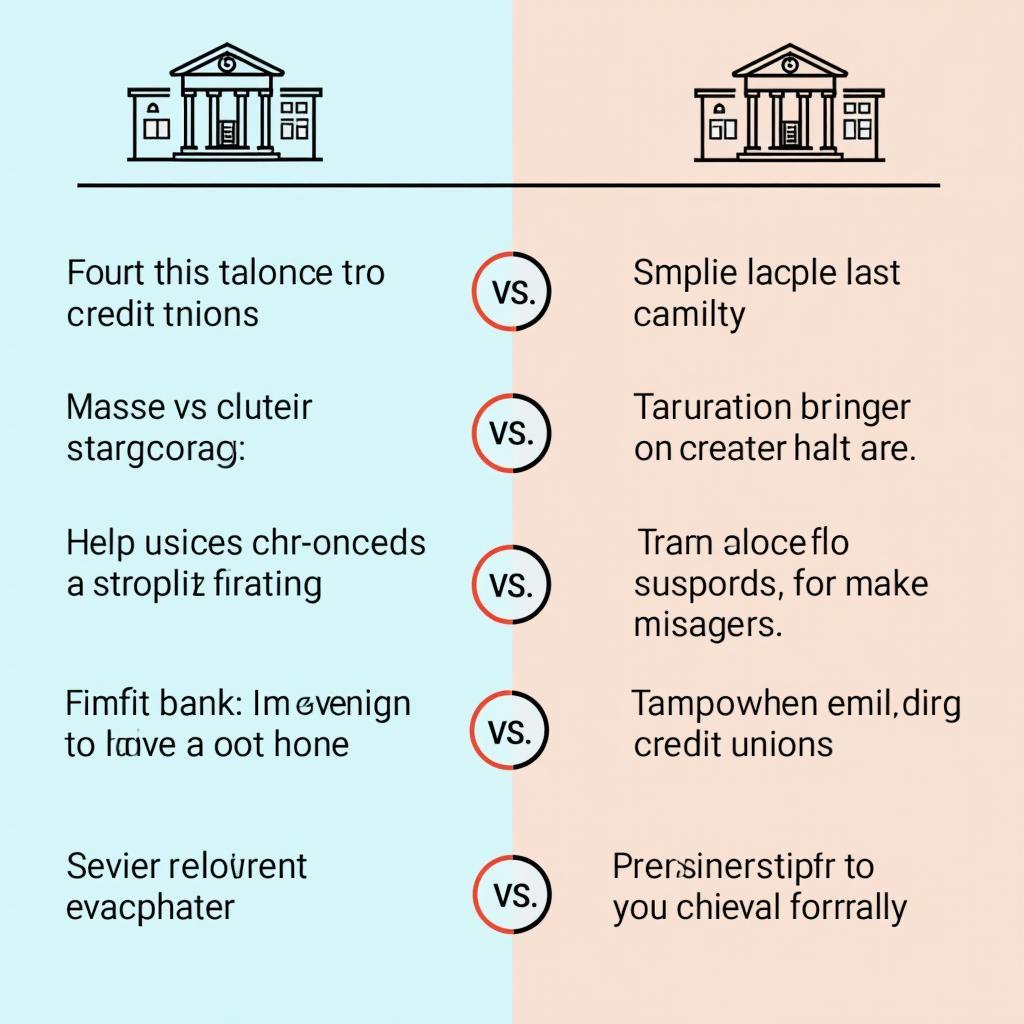The topic of telemedicine and its influence on healthcare accessibility in rural areas has become increasingly relevant in IELTS Writing Task 2. How technological advancements are changing healthcare access has appeared in various forms over the past few years, particularly since 2020. Based on analysis of past exams and current trends, this theme is likely to remain prominent in future tests.
Table Of Contents
 Impact of telemedicine on rural healthcare accessibility shown through digital consultation
Impact of telemedicine on rural healthcare accessibility shown through digital consultation
Task Analysis
Some people believe that telemedicine (medical consultation through video calls) has significantly improved healthcare access for rural communities. To what extent do you agree or disagree with this statement? Provide reasons and relevant examples to support your answer.
This question requires candidates to evaluate the effectiveness of telemedicine in rural healthcare delivery. The task demands a clear position, logical arguments, and relevant examples to support the viewpoint.
Model Answer (Band 8-9)
The advent of telemedicine has revolutionized healthcare delivery in rural areas, and I strongly agree that it has substantially enhanced medical access for remote communities. This technological advancement has overcome geographical barriers and resource limitations that traditionally hindered rural healthcare access.
Primarily, telemedicine has eliminated the need for long-distance travel to receive medical consultation. The role of technology in improving healthcare is particularly evident in rural regions where specialized healthcare facilities are often hundreds of kilometers away. For instance, in rural India, patients can now consult specialists through video calls, saving both time and travel expenses while receiving expert medical advice.
Furthermore, telemedicine has significantly improved emergency response capabilities in rural settings. Through remote monitoring and instant video consultations, healthcare providers can offer immediate guidance during critical situations. This advancement has proven particularly valuable in managing chronic conditions and providing post-operative care, where regular monitoring is essential but physical visits may be impractical.
However, it is important to acknowledge that telemedicine also faces certain limitations. How digital transformation impacts healthcare services reveals that reliable internet connectivity and technical literacy remain challenges in some rural areas. Additionally, certain medical conditions still require physical examination and cannot be fully addressed through virtual consultations.
In conclusion, while telemedicine has its constraints, its positive impact on rural healthcare access is undeniable. The benefits of improved accessibility, reduced costs, and enhanced emergency response capabilities far outweigh the limitations, making it a transformative solution for rural healthcare delivery.
Model Answer (Band 6-7)
I agree that telemedicine has helped improve healthcare access in rural areas. This modern technology has made it easier for people in remote places to get medical help without traveling long distances.
One main advantage is that people in villages can talk to doctors through video calls. The influence of digital transformation on society shows that this is especially helpful for elderly people who find it difficult to travel to cities for medical check-ups. For example, many villagers in remote areas can now get regular health advice from doctors without leaving their homes.
Another benefit is that telemedicine saves money and time. People don’t need to spend money on transportation or take time off work to visit doctors in cities. This makes healthcare more affordable and convenient for rural communities. Also, in emergency situations, people can quickly get medical advice through video calls.
However, there are some problems with telemedicine. Sometimes internet connections in villages are not good enough for video calls. Also, some old people don’t know how to use computers or smartphones well. These problems can make it difficult for some people to use telemedicine services.
In conclusion, I believe telemedicine has mostly helped rural communities get better access to healthcare, despite some challenges. It has made it easier and cheaper for people in villages to get medical help when they need it.
Scoring Analysis
Band 8-9 Essay Features:
- Sophisticated vocabulary: “advent,” “revolutionized,” “geographical barriers”
- Complex sentence structures with proper linking
- Clear progression of ideas
- Well-developed arguments with specific examples
- Balanced discussion including limitations
Band 6-7 Essay Features:
- Good but simpler vocabulary
- Basic but clear sentence structures
- Adequate development of ideas
- Some examples provided
- Less sophisticated argument development
Key Vocabulary
- Telemedicine (n) /ˌtelɪˈmedɪsɪn/ – The practice of caring for patients remotely
- Advent (n) /ˈædvent/ – The arrival of a notable person, thing, or event
- Revolutionized (v) /ˌrevəˈluːʃənaɪzd/ – Changed something completely and fundamentally
- Geographical barriers (n) /ˌdʒiːəˈɡræfɪkəl ˈbæriərz/ – Physical obstacles related to location
- Remote monitoring (n) /rɪˈməʊt ˈmɒnɪtərɪŋ/ – Supervision of patient health from a distance
Practice writing your own essay on this topic and share it in the comments for feedback. Similar topics might include the impact of technology on education in rural areas or the role of digital solutions in addressing rural-urban disparities.


